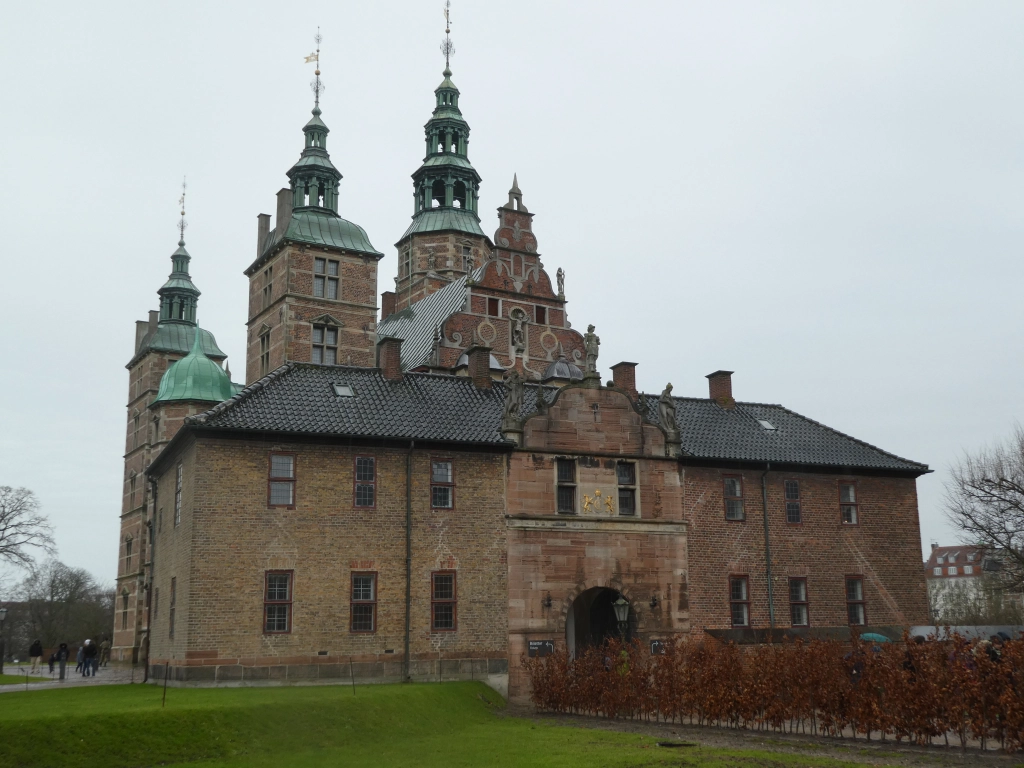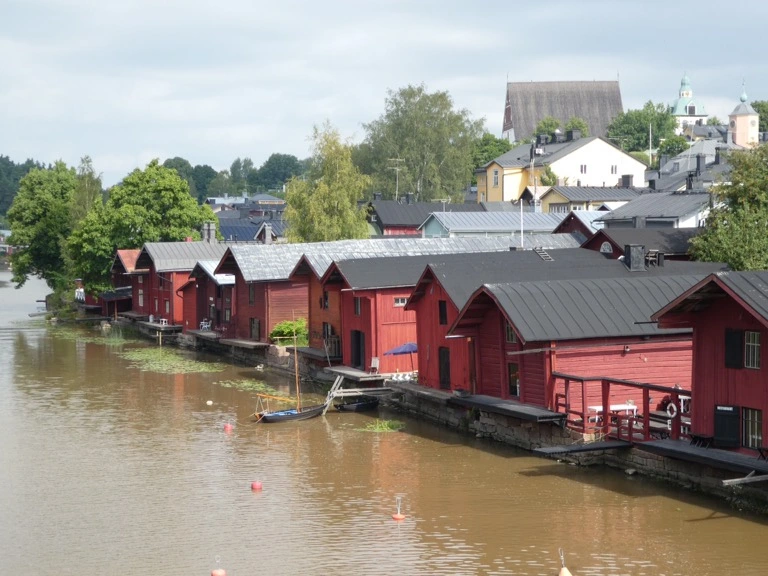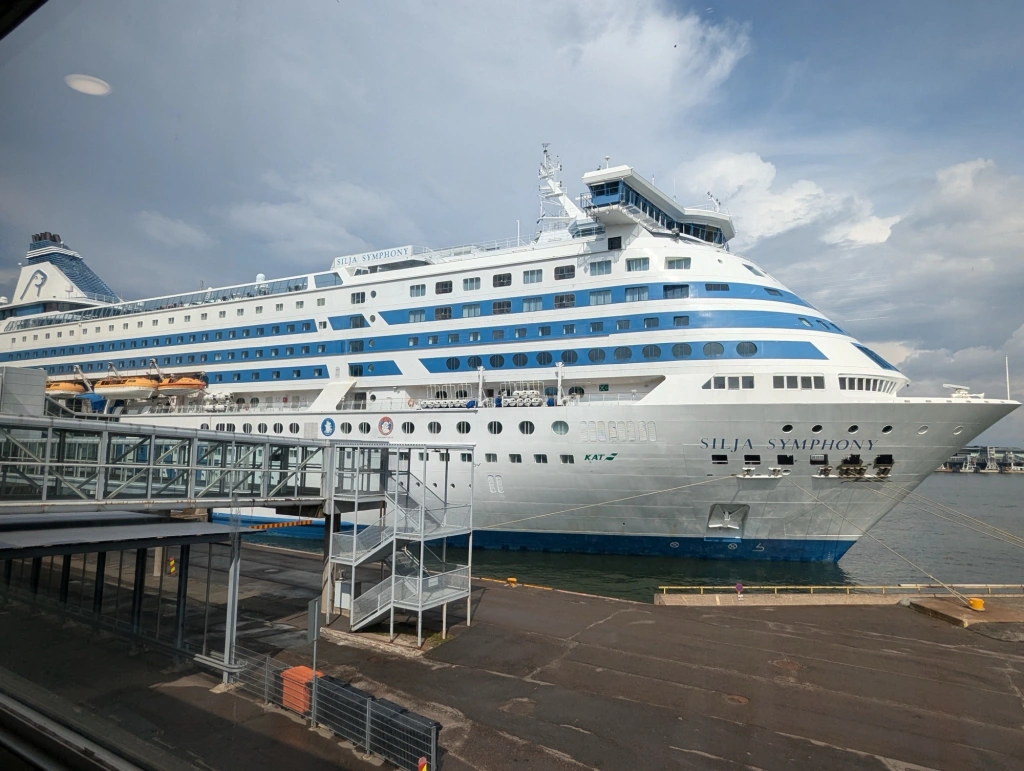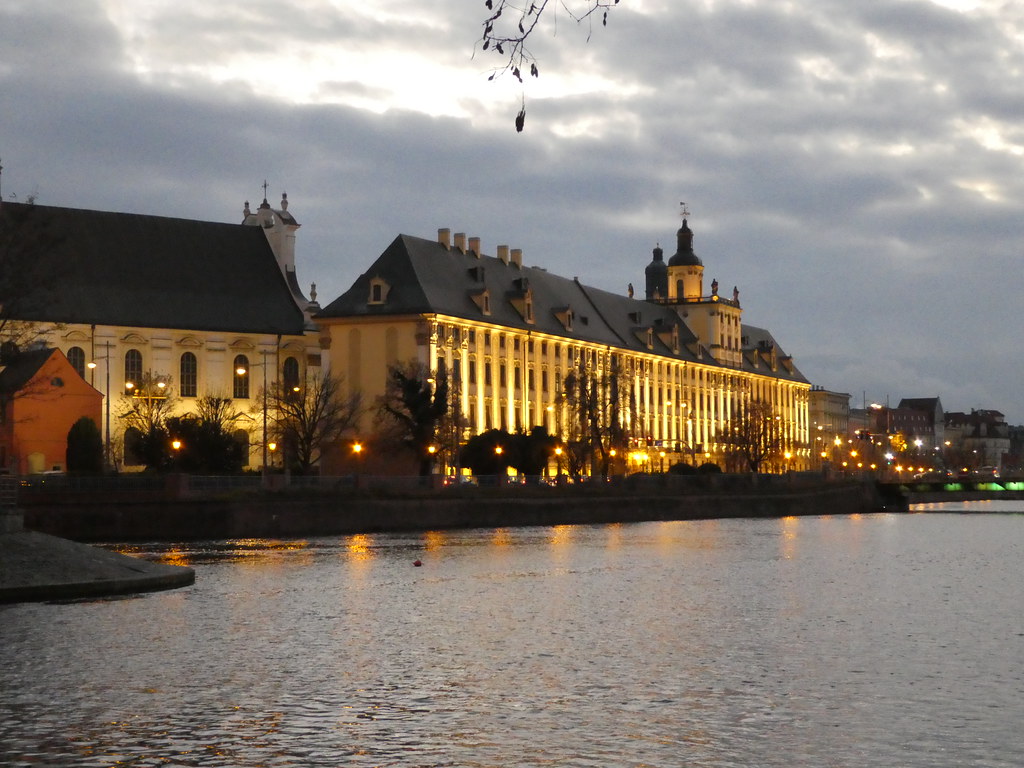The Little Mermaid
Our final day in Copenhagen started with a stroll to the northern part of Copenhagen’s harbour to view Denmark’s most famous statue. The bronze sculpture of the Little Mermaid is located just off the shore and has been sitting on a rock in the harbour for over a hundred years. Despite its small size, measuring around 1.25 m tall, it’s a must see for first time visitors to the Danish capital. It was a cold winter’s morning when we were there so not many people were around but as this iconic statue is the symbol of Copenhagen I’d recommend going to see it early in the day before it gets busy.
The Little Mermaid’s history combines two of Denmark’s best-known exports – Hans Christian Andersen and Carlsberg beer. It was the son of the founders of the famous Carlsberg brewery that commissioned the original sculpture and gave it to the city of Copenhagen. The statue was initially inspired by Hans Christian Andersen’s well-known fairytale, first published in 1837.
The area around The Little Mermaid is dominated by the star-shaped fortress Kastellet which is one of the best preserved of its kind in Northern Europe. It was a pleasant place for a post-breakfast stroll and seemed popular with morning joggers along the Langelinie promenade.
The fortress has a windmill sitting on top of the King’s Bastion dating back to 1847 which replaced an earlier one from 1718 destroyed by a storm the previous year. Since the fortified city needed secure supplies of flour and rolled oats in the event of a siege, several windmills were constructed on the Copenhagen bastions.
Rosenborg Castle
Leaving there, we caught a bus and local train the short distance to Rosenborg Castle. Entrance 140 DKK (£16.05) and included in the Copenhagen Card. The castle was built by one of the most famous Danish Kings, Christian IV, in the 17th century.
We took a self guided tour of the castle marvelling at its royal treasures including the magnificent Danish Crown Jewels and Royal regalia. One of the main sights is the Knights’ Hall where we viewed the coronation thrones with three life size lions standing guard. Tapestries on its walls commemorate battles between Denmark and Sweden.
All the interiors are well preserved and the castle also houses an exquisite collection of Flora Danica and one of the world’s finest Venetian glass collections, both set in small tower chambers.
Botanical Garden
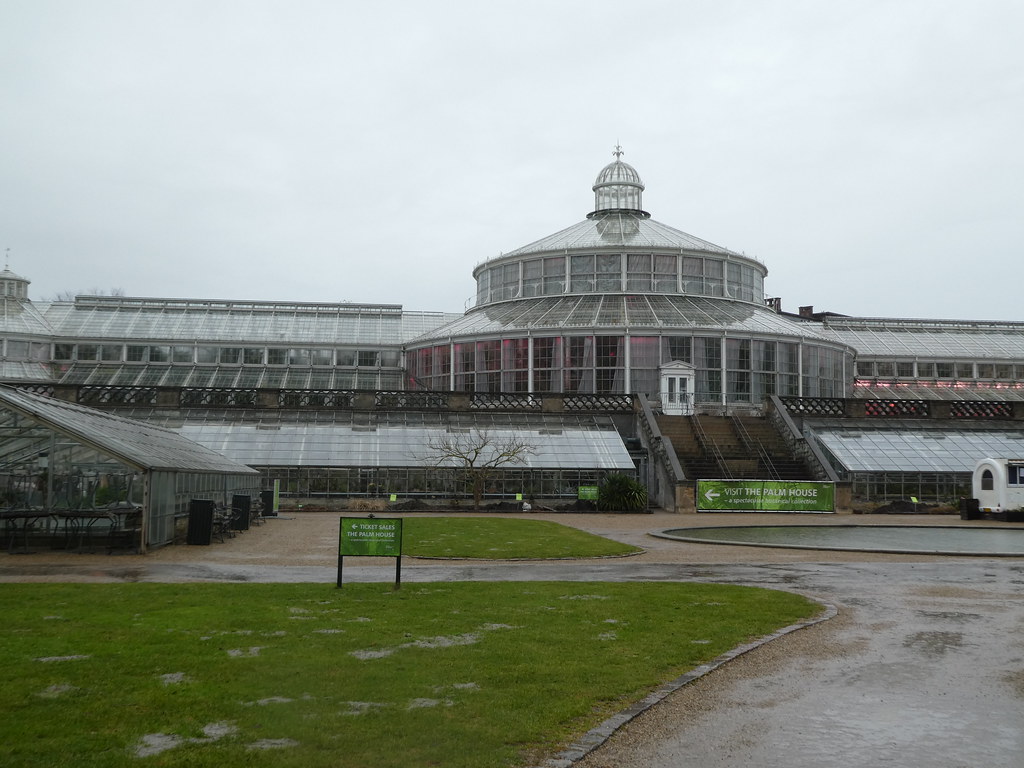
Located close to the castle stands the University of Copenhagen Botanical Garden which offers free admittance. A rainy winter’s day wasn’t the best time to view the gardens in all their splendour so we headed over to the Palm House which dates back to 1874. Entrance to the Palm House is 70 DKK (£8.00) and also included in the Copenhagen Card. Palm House, Copenhagen.
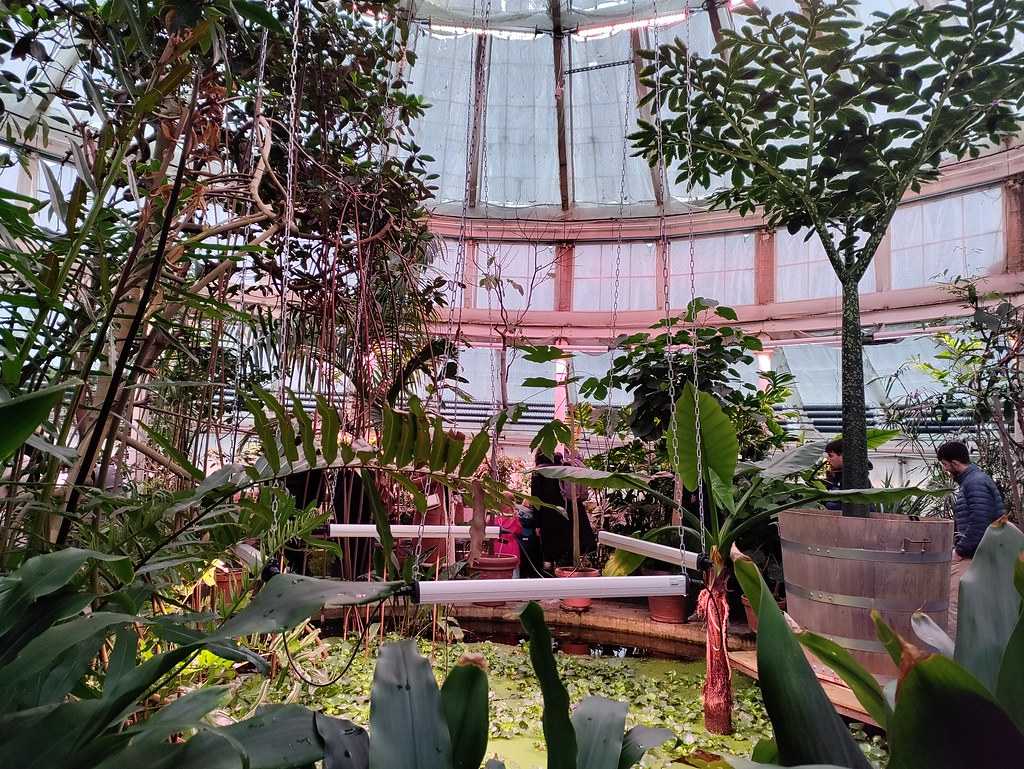
The Victorian Palm House is located in the centre of the garden and acts as an important part of the Natural History Museum. The building’s construction was inspired by London’s Crystal Palace, which was built for the 1852 World Exhibition.
There are several linked greenhouses displaying sub-tropical plants, mangrove and aquatics alongside a Mediterranean house. Located slightly further away is the Succulent and Cactus House which was also worth viewing. The Palm House is open throughout the year and is an ideal place to visit in winter as not only can you stroll through tropical palms but it’s also very warm and cosy.
Shopping on Strøget
No city break can be complete without a spot of shopping and where better than on Strøget which is one of Europe’s largest pedestrian thoroughfares stretching 1.1km from City Hall Square to Kongens Nytorv. It’s not actually one street as the name Strøget covers Frederiksberggade, Nygade, Vimmelskaftet and Østergade. There’s a wide variety of shops ranging from small independents through to household names with cafes and restaurants to suit all tastes.
Another good place for food is the Torvehallerne Food Hall which lies close to the Nørreport station. The food hall is comprised of two identical buildings with outdoor seating between them.
The food stalls offer everything from Spanish tapas, to Danish open sandwiches, crepes, oysters, cinnamon buns, coffee and cakes. Whether buying food to eat in or to prepare at home the standard is very high and the prices moderate. Surprisingly there didn’t seem to be much seating indoors for cold or wet weather but there were lots of picnic benches outside for sunny days.
Glyptotek
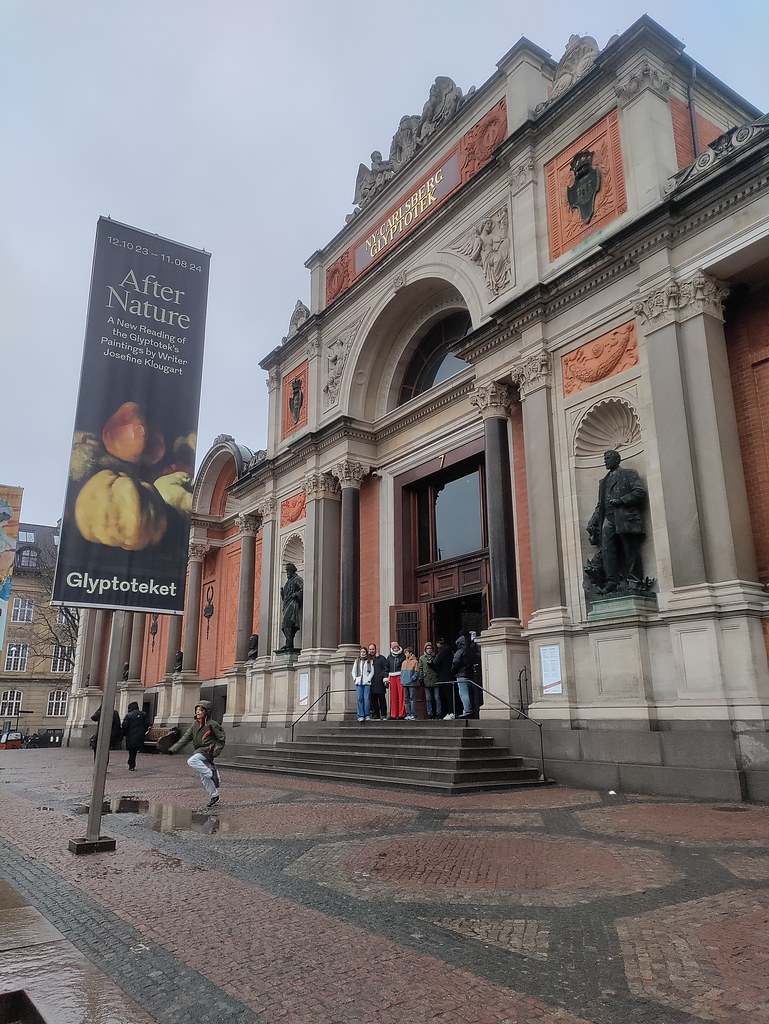
There was then just enough time to fit in a visit to the famous Ny Carlsberg Glyptoket art museum. The museum was founded by the brewer Carl Jacobsen (1842-1914) who was one of the great industrial magnates of the 19th century. Jacobsen was a passionate art collector and from the profits generated by his brewery Ny Carlsberg he built up a rich collection of art.
In 1888 Carl Jacobsen gave his art collection to the public and began the building of the Glyptotek to house it. The Glyptotek has been open to the public since 1897 and holds over 10,000 works primarily divided between ancient antiquities and Danish and French sculpture and paintings from the 19th century.
Strolling around its galleries was an absolute delight with the stunning architecture of the building just as captivating as the marble statues and masterpieces themselves.
It was a superb way to complete our weekend stay in Copenhagen. The city definitely lives up to its ‘wonderful’ name. Hopefully next time we’ll be able to plan a visit in the summertime when the famous Tivoli Gardens are open. Whatever the time of year though, Copenhagen makes for a splendid city break.

